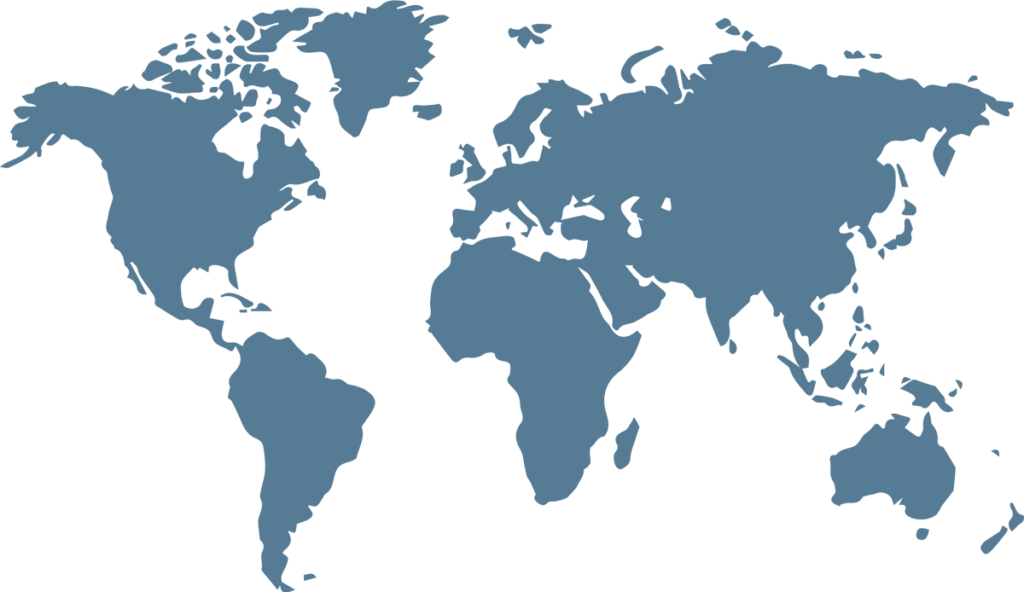By MURPHY BROWNE (Abena Agbetu)
Halifax, Nova Scotia, l0th July 1797.
My Lord Duke:
In the dispatch (No. 45) I had the honour to represent to your Grace, that I had arranged with Mr. Ouchterlony, Deputy Commissary of Maroons, to remain with them another year; but finding that the benefits contemplated towards encouraging industry and other interior regulations among them have not been produced, nor now reasonably expected from his alliance; I have prevailed on Mr. Quarrell to postpone his intended voyage to Jamaica for some time, and to continue his good offices among these people which he has benevolently consented to, as he is humanely interested for the welfare and happy settlement of the Maroons in this province. Other views and objects having been evidently entertained since Christmas last by Mr. Ouchterlony, has in some measure retarded the progress that might otherwise be obtained, and which we concur in opinion will proceed better when Mr. Ouchterlony is removed from them. They will continue to be quiet and orderly.
I have, &c.
(Signed) J. WENTWORTH.
Excerpt from a July 10, 1797, letter from Sir John Wentworth to the Duke of Portland (dispatch 45) Halifax.
On July 10, 1797, Sir John Wentworth wrote to the Duke of Portland requesting that Mr. Ouchterlony be removed and replaced by Mr. Quarrell to keep the Maroons “quiet and orderly”. The Maroons who were discussed in the letter were the Trelawney Maroons who had been taken to Halifax.
On July 21 and 22, 1796, the ships Ann, Dover and Mary landed in Halifax Harbour, carrying approximately 600 Maroon men, women and children. They were accompanied/supervised by Commissary General William Dawes Quarrell and Deputy Alexander Ouchterlony. The Commissary ensured that food was provided for the people he supervised.
The passengers on the three ships had been forced to leave their homes in Jamaica by the colonizing British. They were the descendants of enslaved Africans who had seized their freedom when the British ousted the Spanish from Jamaica in 1655.
In 1796, this group of freedom fighters whose ancestors had fled slavery when the Spanish were forced to flee Jamaica had been fighting to remain free of enslavement attempts by the British for more than 100 years. The group repeatedly defeated the British attempts to capture and enslave them.
On May 10, 1655, during the Anglo-Spanish War (1585–1604) the British invaded the Spanish colonized island and the Spaniards fled leaving behind the Africans they had enslaved, who seized the opportunity to head for the mountains and freedom.
The Africans established free communities in the mountainous interior.
The second “Maroon War” which was between the British and the Cudjoe’s Town/Trelawny Town Maroons began in July 1795 and lasted eight months until March 1796. The British with 5,000 troops and militia outnumbered the Cudjoe’s Town/Trelawny Town Maroons 10 to one. The British also had 100 bloodhounds and their handlers imported from Cuba which gave them a distinct advantage.
The Cudjoe’s Town/Trelawny Town Maroons who were not supported by other Maroon communities in this war, decided to surrender rather than suffer defeat.
In March 1796, the Maroons agreed to have discussions with the British. The British colonial governor in Jamaica had promised leniency if the Maroons surrendered. He reneged and instead captured and deported (to Nova Scotia) the entire Cudjoe’s Town/Trelawny Town Maroon community.
These proud freedom fighters who had managed to evade enslavement were forced to board three ships which sailed from Port Royal Harbour, Jamaica on June 26, 1796, and arrived in Canada almost one month later, on July 21 and 22, 1796.
The deported Maroons were unhappy with conditions in Canada and, in 1800, the majority left to travel to the British colony of Sierra Leone in West Africa.
The British abolished slavery on August 1, 1834, and in 1839, the first Maroons made their way from Sierra Leone back to Jamaica.
Mary Brown and her family, which included her daughter Sarah McGale and a Spanish son-in-law, sold off their property in Sierra Leone, bought a schooner, and set sail for Jamaica. They were accompanied by two other Sierra Leone Maroons, Mary Ricketts and her daughter Jane Bryan.
Some of the Maroons returned to Jamaica to work on sugar plantations, where workers were desperately needed following the abolition of slavery. Many formerly enslaved Africans in Jamaica wanted to cultivate their own land rather than work on plantations. This resulted in a shortage of workers on the sugar plantations. The plantation owners turned to Sierra Leone for workers.
In 1841, the first ship to arrive in Sierra Leone seeking workers was the Hector. In September 1841, an agent in Jamaica noted: “The ship Hector and Brig Commissioner Barclay from Sierra Leone brought Africans and Maroons.”
In total, 64 Maroons left Sierra Leone for Jamaica on the Hector. Most Maroons lived in Freetown, and by 1844, Freetown’s Maroon population shrank from 650 to 454, as approximately 200 Maroons returned to Jamaica.
Despite the return of some Maroons to Jamaica, others remained in Nova Scotia and Sierra Leone where their descendants still live.
ti*****@ho*****.com
Hundreds of Jamaican Maroons were deported to Nova Scotia
456
previous post



